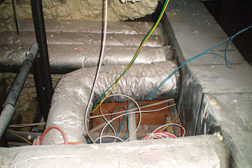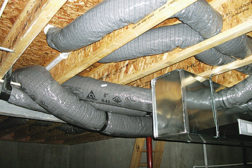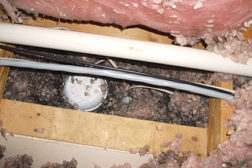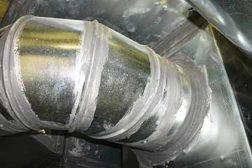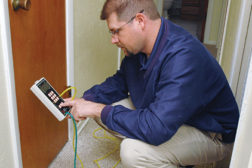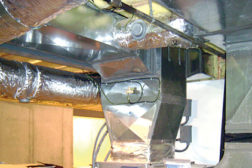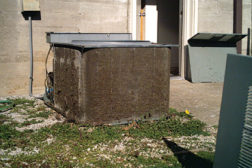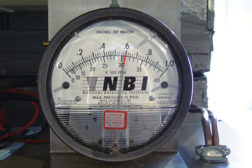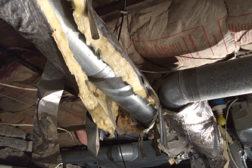Home » Duct Dynasty
Articles Tagged with ''Duct Dynasty''
Coil Pressure Drop, Fan Capacity Important Factors to Consider
Read More
Duct Dynasty: Surface Temperatures; Customers’ Comfort
You Must Adequately Consider the Building Side of the System
Read More
Duct Dynasty: Does Proper Design Guarantee HVAC System Performance?
Test the Brakes Before Tossing Over the Keys to the Car
Read More
Duct Dynasty: Duct Sealing Side Effects You Need to Know
Take Caution When Sealing Up Undersized or Oversized Equipment
Read More
Duct Dynasty: The Building Side of the Duct System
Considering Airflow Outside of Sheet Metal
Read More
Duct Dynasty: Understanding the Coanda Effect
Considering the Traffic of Airflow Within a Duct System
Read More
Duct Dynasty: Do Your Tuneups Perform?
Properly Diagnose System Performance Using These Simple Measurements
Read More
Duct Dynasty: Measuring Static Pressure with a Magnehelic
Defining, Measuring, and Explaining Static Pressure with an Analog Manometer
Read More
Duct Dynasty: Why That Oversized System Works Great
Show Consumers Why Bigger Isn’t Always Better
Read More
Copyright ©2025. All Rights Reserved BNP Media.
Design, CMS, Hosting & Web Development :: ePublishing
